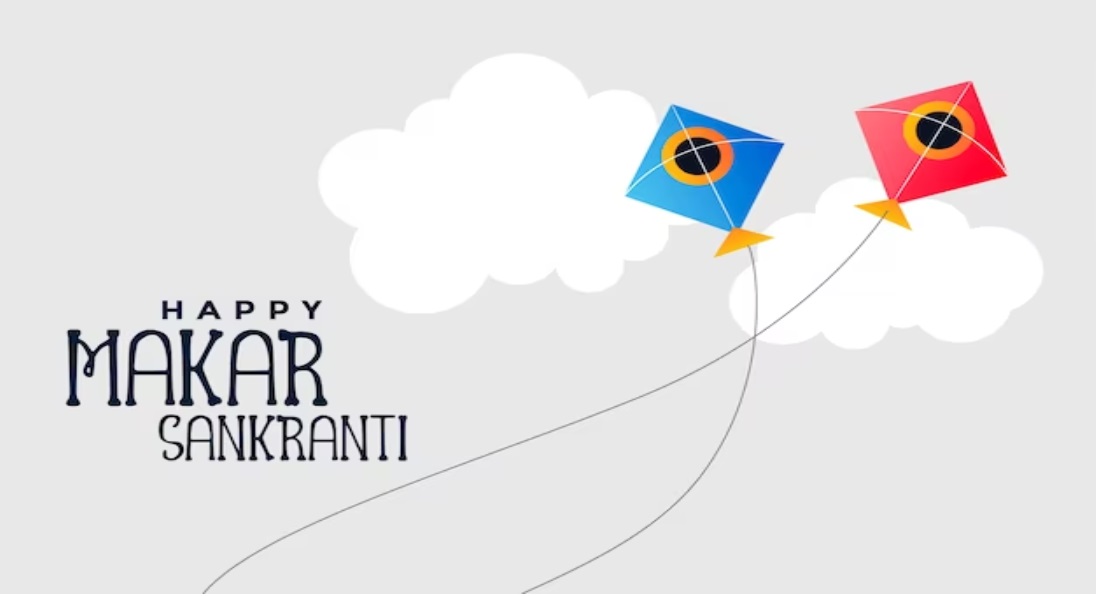Makar Sankranti is a vibrant and culturally significant festival celebrated across India, marking the transition of the sun into the zodiac sign of Capricorn. This essay explores the diverse traditions, rituals, and regional variations associated with Makar Sankranti, delving into its historical and agricultural significance.
Introduction: Makar Sankranti, also known as Pongal, Uttarayan, and various regional names, is a joyous festival observed in January, signifying the end of the winter solstice and the beginning of longer days. The term “Makar” refers to the zodiac sign of Capricorn, and “Sankranti” denotes the movement of the sun from one zodiac sign to another.
Historical and Cultural Significance: The roots of Makar Sankranti trace back to ancient times, with references in Hindu scriptures. The festival is linked to agricultural practices, marking the onset of the harvesting season. Additionally, it holds cultural significance, symbolizing the transition from darkness to light, ignorance to knowledge, and winter to spring.
Regional Variations: One of the distinctive features of Makar Sankranti is its diverse regional celebrations. In South India, it is celebrated as Pongal, a four-day harvest festival. In Gujarat, it is known as Uttarayan, marked by the International Kite Festival. The festival is called Magh Bihu in Assam, Lohri in Punjab, and Khichdi Parv in some regions.
Rituals and Traditions: Makar Sankranti is marked by various rituals and traditions that vary across regions. People take holy dips in rivers, offering prayers to the sun god. The act of flying kites is a popular tradition, symbolizing the transition to brighter days. In Maharashtra, exchanging til-gul (sesame and jaggery) sweets is customary, symbolizing the exchange of sweetness and warmth.
Harvest Celebrations: Agricultural communities celebrate Makar Sankranti with fervor, expressing gratitude for the bountiful harvest. Farmers perform rituals in their fields, thanking the earth for the crops and praying for a prosperous year ahead. The festival highlights the deep connection between nature and human life.
Feasts and Special Dishes: Makar Sankranti is synonymous with festive feasts that showcase regional culinary delights. In South India, Pongal—a dish made with newly harvested rice—is a staple. In North India, dishes like sesame seeds laddoos, gajak, and khichdi are prepared. The festival brings families together around sumptuous meals.
Kite Flying Festival: Uttarayan, particularly in Gujarat, is renowned for its International Kite Festival. The skies come alive with colorful kites, symbolizing the victory of light over darkness. The enthusiasm and competitive spirit during kite flying add an element of thrill to the festival.
Social and Community Bonding: Makar Sankranti fosters social cohesion and community bonding. Families and friends come together to celebrate, share meals, and participate in festive activities. The festival transcends social barriers, uniting people in the spirit of joy and camaraderie.
Environmental Awareness: Makar Sankranti also emphasizes environmental consciousness. The use of natural materials like bamboo and cotton for making kites aligns with sustainable practices. Efforts are made to reduce the environmental impact, promoting a harmonious celebration.
Conclusion: Makar Sankranti, with its rich tapestry of traditions and cultural diversity, stands as a testimony to India’s unity in diversity. Beyond its religious and agricultural significance, the festival embodies the spirit of joy, togetherness, and renewal. As the sun embarks on its journey to warmer days, Makar Sankranti illuminates hearts across the nation, fostering a sense of shared heritage and collective celebration.

